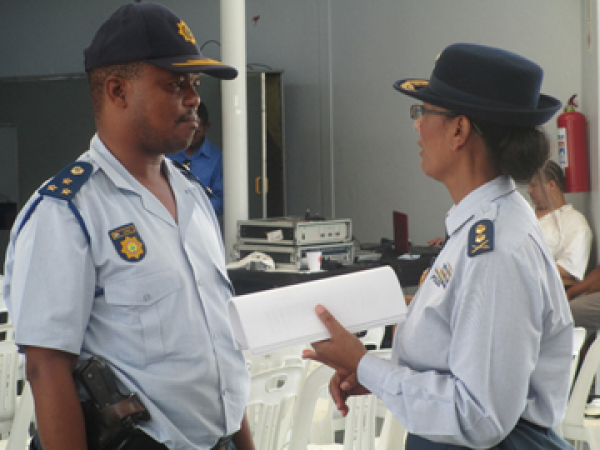Three murders in one night - “Doubling Khayelitsha cops won’t be enough.”

Khayelitsha police officers had to deal with three murders in one night, the inquiry into policing heard today.
Officers from Khayelitsha Police Station had to attend to seven murders in one weekend, Colonel Johan Marais, Head of the Detective Unit at the station, told the Commission.
He said that when attending to a murder one Friday night, police officers heard gun shots in the next road. This was a second murder. While attending to the second murder, they heard gun shots down the road. This was a third murder, within five blocks of the others.
The detectives arrived at the first scene at 4pm and left at 2am.
On the following Saturday evening there were another 4 murders.
Before the end of the weekend, police had made two arrests.
Marais said there were 60 detectives in Khayelitsha, compared to 110 in Cape Town Central, who dealt with shop-lifting and house-breaking cases. “Even if we double the current staff complement, it’s not going to be enough”, he said.
He said roughly four hours were needed at each each murder scene and then further extensive work was necessary during the investigation. There were not enough hours in the day or officers available, he said.
His testimony follows that of Brigadier Zithulele Moses Dladla, the Cluster Commander for Khayelitsha, who said earlier this week that resources allocated to Khayelitsha were not sufficient.
For the rest of the week officers from SAPS will give testimony on the logistics of investigation, patrolling, resource allocation and crime prevention activities carried out by SAPS in Khayelitsha.
The timetable for the Commission has been changed substantially. Phase 1 of the Commission, comprising testimony from SAPS, community members and researchers was scheduled to end this Friday but has been extended into March. Phase 2, when the Commission will hear testimony from experts on policing, has been rescheduled for the week of 12 to 16 May. Final oral arguments will be submitted on 29 May 2014.
Support independent journalism
Donate using Payfast


This article is licensed under a Creative Commons Attribution-NoDerivatives 4.0 International License.
